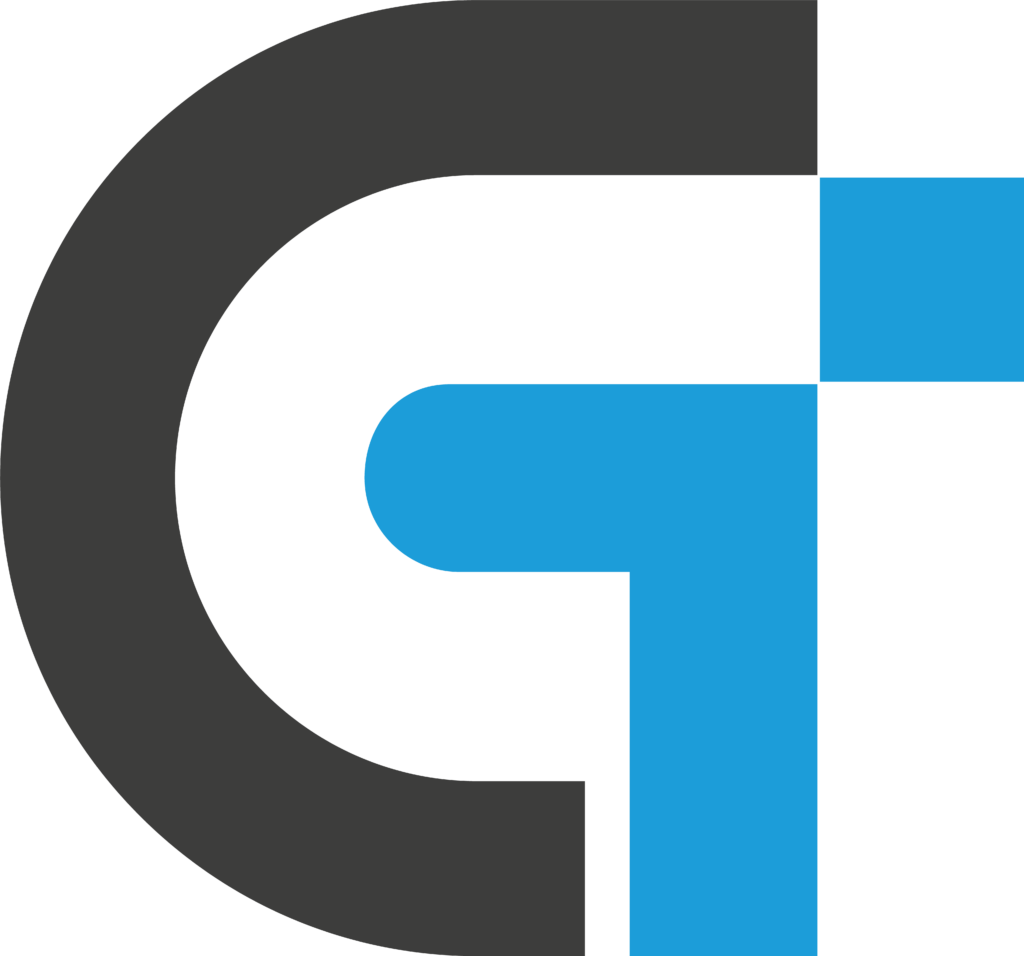Navigating the Personal Data Protection Act: A Practical Guide for Singapore Business Owners
As a business owner in Singapore, understanding and complying with data protection regulations is not just a legal obligation but a vital component of maintaining your brand’s integrity in today’s data-centric world. The Personal Data Protection Act (PDPA) is a comprehensive piece of legislation that governs the collection, use, and disclosure of personal data by organizations operating within the country. Non-compliance with the PDPA can lead to severe penalties that could tarnish your business’s reputation and disrupt its operations. In this article, we will delve into the essential aspects of the PDPA, clarify its requirements, and offer practical tips to navigate its complexities effectively.
Understanding the Personal Data Protection Act
The PDPA was enacted to create a balanced framework that respects the rights of individuals regarding their personal information while allowing organizations to harness data for legitimate business needs. This law applies universally to all organizations, regardless of their size or the sector in which they operate, as long as they collect, use, or disclose personal data in Singapore.
The PDPA consists of two key frameworks:
- The Data Protection Provisions: This section delineates the obligations organizations must fulfill when managing personal data. Fundamental elements include obtaining consent from individuals, providing them with clear notifications about data usage, and implementing adequate security measures to protect such data.
- The Do Not Call (DNC) Registry: This registry empowers individuals to opt out of receiving unsolicited marketing messages. Organizations engaging in telemarketing must check the DNC registry and adhere to its stipulations to avoid infringing on consumers’ preferences.
Key Obligations for Business Owners
To operate within the legal framework established by the PDPA, business owners must fulfill several crucial obligations. Below are the most significant responsibilities you should be aware of:
1. Obtain Consent
Before collecting, using, or disclosing personal data, it is imperative to secure valid consent from the individual involved. Consent must be freely given, specific, and based on clear and accurate information regarding the purposes for which the data will be utilized. To enhance the process, consider employing straightforward language and ensuring that consent requests are transparent, making it easier for individuals to understand what they are agreeing to.
2. Provide Notification
As part of your obligation to transparency, you must inform individuals of the reasons for collecting, using, or disclosing their personal data. This notification should be not only clear but also easily accessible, allowing individuals to understand their rights and your intentions. Consider using various communication methods, such as website notices, email communications, and physical documentation, to ensure that all affected parties are adequately informed.
3. Implement Security Measures
To protect personal data from unauthorized access, alteration, disclosure, or other risks, you must adopt reasonable security measures. These measures should be proportionate to the sensitivity and nature of the data you are handling. Implementing robust security protocols, such as encryption, secure storage solutions, and regular access reviews, is essential to safeguarding your data and demonstrating your commitment to compliance.
4. Comply with the Do Not Call Registry
For businesses that engage in telemarketing, it is crucial to check the DNC registry regularly and comply with its regulations. This entails ensuring that individuals listed on the registry are not contacted for marketing purposes unless they have provided explicit consent. Failing to adhere to these guidelines can result in penalties and damage to your reputation.
Potential Fines and Consequences
The repercussions of non-compliance with the PDPA can be severe and multifaceted. Below are the potential penalties and consequences business owners may face:
- Financial Penalties: The PDPA stipulates a maximum financial penalty of S$1 million for non-compliance. Depending on the breach’s nature and severity, fines can range from S$5,000 to S$1 million, which can significantly impact a business’s financial stability.
- Reputational Damage: Incidents of data breaches and non-compliance can cause irreparable harm to your business’s reputation. The erosion of customer trust may result in a loss of clientele, affecting not only current operations but also future growth prospects.
- Legal Consequences: Individuals affected by a data breach may pursue legal action against your organization, resulting in costly legal battles and potential awards for damages. This risk underscores the importance of adhering to data protection laws.
- Operational Disruptions: Non-compliance can lead to investigations and remediation efforts that divert resources and attention from core business activities. The operational disruptions caused by such incidents can hinder productivity and lead to lost revenue.
Practical Tips for Compliance
To effectively ensure compliance with the PDPA and minimize the risks associated with non-compliance, consider the following practical recommendations:
- Conduct a Data Protection Impact Assessment (DPIA): Regularly evaluate the risks associated with your data processing activities. A DPIA will help identify potential vulnerabilities and allow you to implement appropriate safeguards to mitigate those risks.
- Develop and Implement a Data Protection Policy: Establish comprehensive policies and procedures for handling personal data within your organization. Ensure that all employees receive training on these policies, promoting a culture of data protection awareness and compliance.
- Appoint a Data Protection Officer (DPO): Designate a qualified individual as your Data Protection Officer to oversee compliance efforts. The DPO should possess a thorough understanding of data protection laws and best practices, ensuring that your organization remains aligned with the PDPA requirements.
- Implement Access Controls and Encryption: Limit access to personal data to only those employees who require it for their job functions. Employ encryption techniques to safeguard sensitive data both during transmission and while it is being stored.
- Regularly Review and Update Consent Processes: It is essential to keep your consent mechanisms current and transparent. Regularly review consent practices to ensure they comply with the latest legal requirements and adapt to evolving consumer expectations.
- Maintain Accurate Records: Keep meticulous records of your data processing activities, including consent records and data breach incident reports. Accurate documentation is vital for demonstrating compliance during audits or investigations.
- Establish a Data Breach Response Plan: Prepare a well-defined response plan to address potential data breaches promptly and effectively. This plan should include notification procedures, risk assessments, and remediation steps to minimize harm.
- Stay Informed and Seek Professional Advice: Continuously monitor developments in data protection regulations and industry best practices. Seek guidance from legal and compliance professionals to ensure your organization remains in line with evolving requirements.
By adopting a proactive and meticulous approach to PDPA compliance, you can safeguard your business from potential fines and consequences while fostering trust and confidence among your customers and stakeholders.
Source of Information
The Personal Data Protection Act (PDPA) in Singapore regulates the collection, use, and disclosure of personal data by organizations to protect individuals from data misuse while still enabling use for legitimate purposes. It doesn’t require separate frameworks for each type of data, but applies a regime combining general data protection responsibilities with specific provisions for the Do Not Call Registry. Thus, all organizations handling personal data in Singapore need to comply with both frameworks.
.
This article is generated by SafeComs AI, Automation Bot.





Leave a Reply